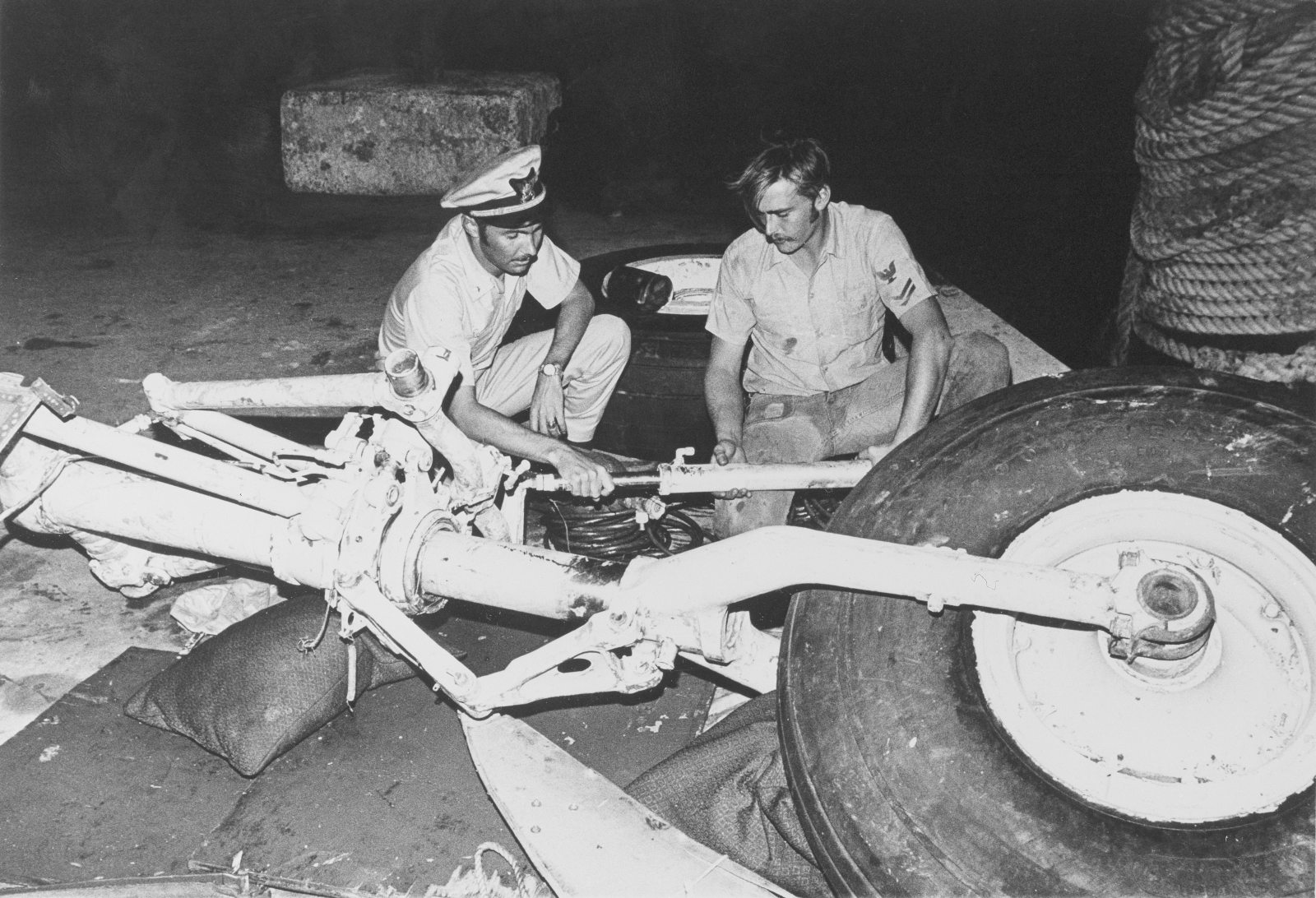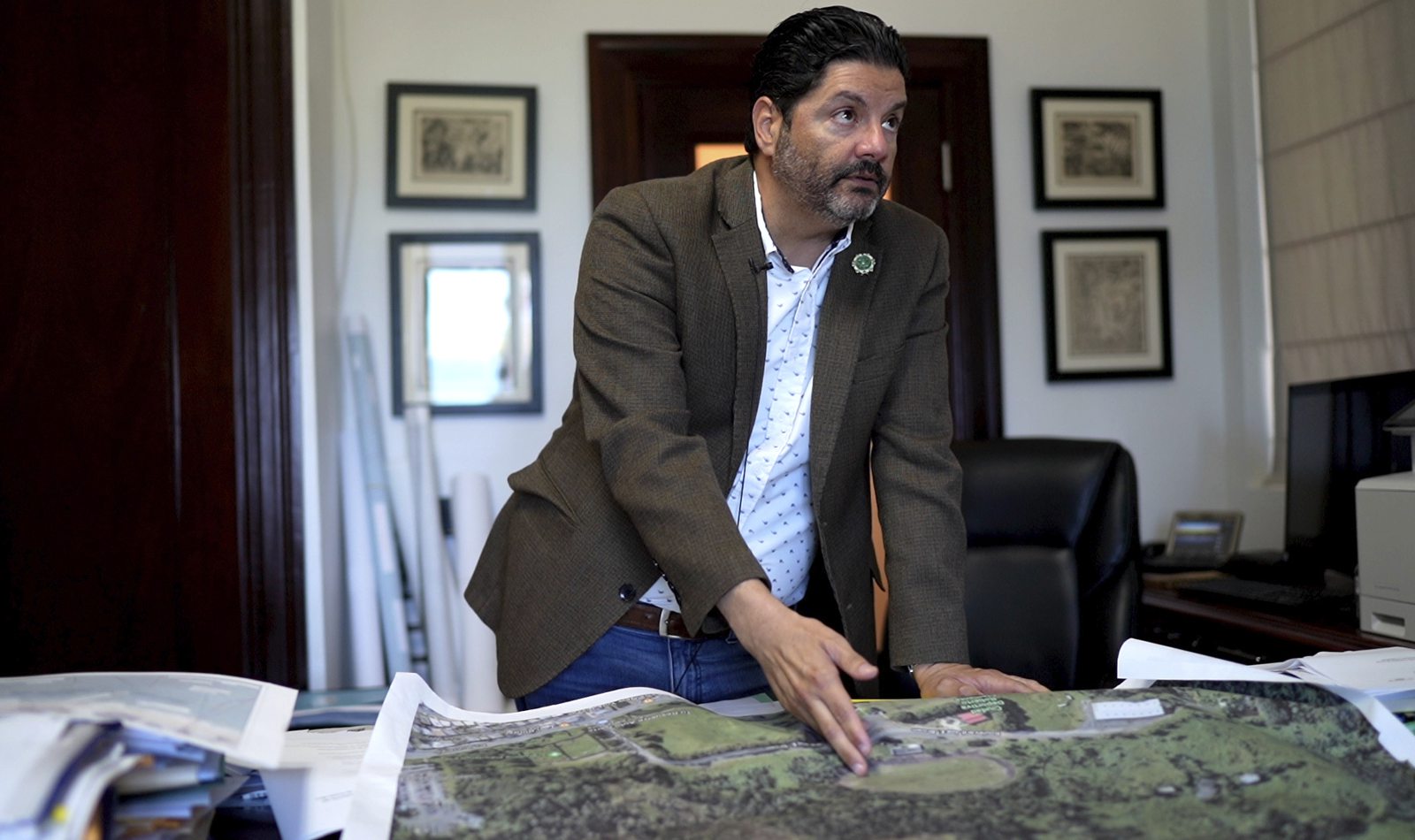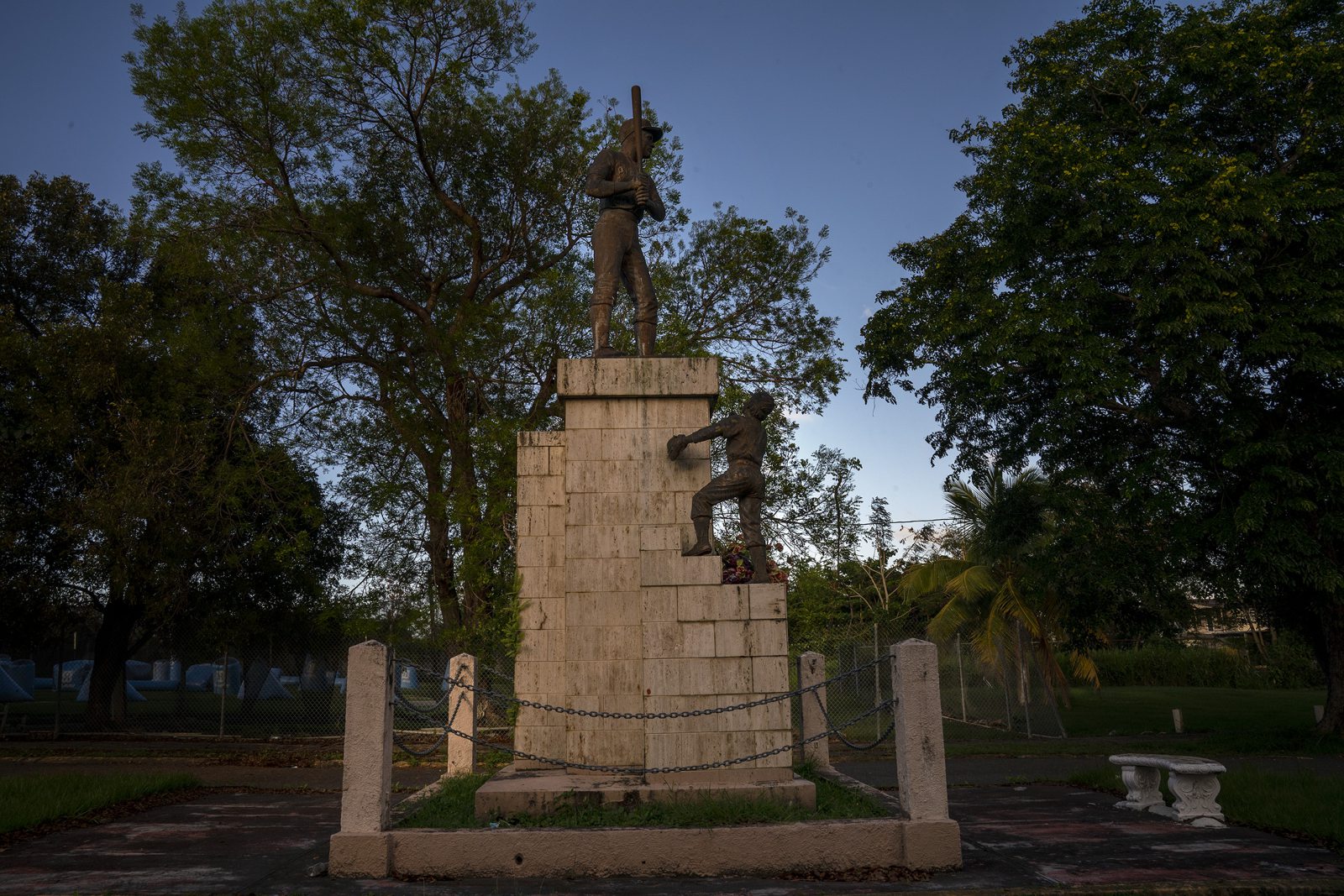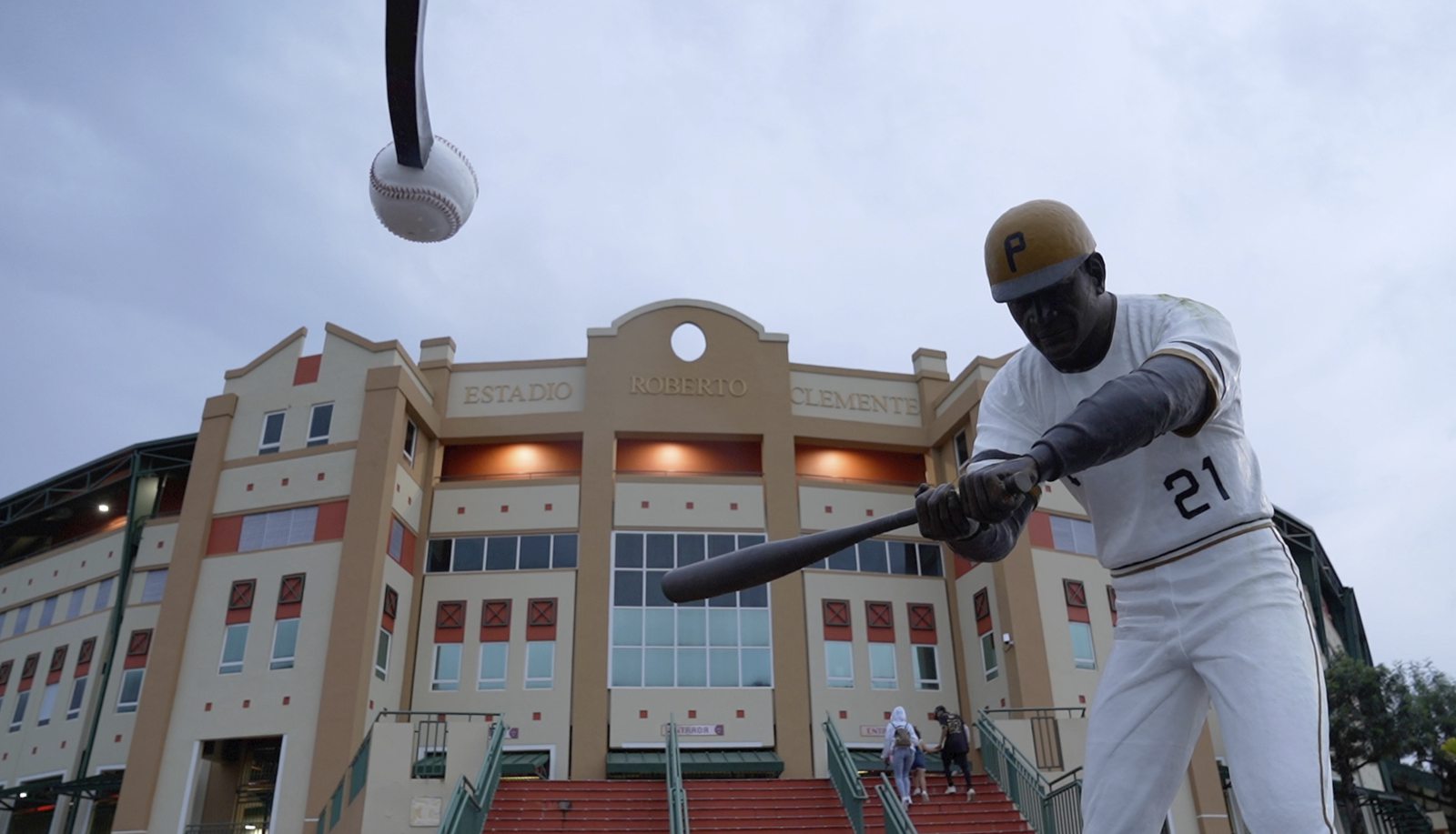Clemente didn’t have time to wallow in the loss. His offseason schedule was booked.
In addition to spending time with family and friends, he led baseball clinics and continued to formulate Sports City plans. A self-taught chiropractor, he had a steady stream of people coming to his home on crutches, in wheelchairs and in pain, according to his son Roberto Jr.
He organized an event in San Juan to honor Pirates broadcaster Bob Prince during which Clemente presented Prince with the silver bat he was awarded for winning his first batting title more than a decade earlier. And most days, it seemed, someone or some organization wanted to honor Clemente.
“I remember running errands with him and people would call him out in the streets. He would stop the car to talk with them, and before you knew it, within a minute, there would be 50 to 100 people in the street,” Roberto Clemente Jr. said.
“He did all that he could possibly do in those 38 years of his life. That’s the thing that always stood out with him.”
— Al Oliver, former Pirates teammate
He also managed Puerto Rico’s national team at the Amateur World Series in Managua, Nicaragua, and planned to play winter ball for the San Juan Senators (Senadores) starting in January.
“I got it more so after he had passed away that he was trying to do as much as he could as quickly and as often as he possibly could,” said Al Oliver, 75, another former Pirates teammate. “He did all that he could possibly do in those 38 years of his life. That’s the thing that always stood out with him.”
Duane Rieder, the executive director of the Clemente Museum in Pittsburgh’s Lawrenceville neighborhood, added: “He wanted to make an impact everywhere, every day. Every day he would do something for somebody. He didn’t want to waste one second goofing around. He wanted to impact as many people as he could.”
Said Blass: “One of his favorite sayings was, ‘I like people who suffer, I like to be around them.’ There were a lot of people who were in good shape and they could take care of themselves, but he really related to the people who were suffering.”
Clemente managed Puerto Rico’s national team in Nicaragua for three weeks, from mid-November through the first week of December. The team didn’t make much of a mark, tying for sixth place in the 16-team tournament, but Clemente did.
“He connected with the people there,” Rodriguez-Mayoral said.
About two weeks after Clemente returned to Puerto Rico, two days before Christmas, Nicaragua was rocked by an earthquake. It killed thousands and caused widespread devastation.
Clemente and wife Vera quickly sprang into action. They established a committee that would coordinate the collection of relief supplies and charter a plane to make three relief flights to Managua.
For Clemente, everything else stopped — including planning for Sports City.
Three relief flights, though, wouldn’t be enough to carry all the supplies that poured in. On Dec. 30, a chance encounter between Clemente and the owner of another plane at the Carolina airport resulted in handshake deal. The plane’s owner would assemble a crew to make a fourth relief flight, and Clemente would go along to ensure the supplies got to the people who needed them. There had been reports of government corruption and military officials diverting supplies.
 From Jan. 3, 1973: Lt. Commander Guy Clark (left), the commanding officer of the USS Sagebrush, inspects the nose gear of the DC-7 that crashed into the the Atlantic Ocean off the coast of Isla Verde, Puerto Rico, in San Juan. AP file
From Jan. 3, 1973: Lt. Commander Guy Clark (left), the commanding officer of the USS Sagebrush, inspects the nose gear of the DC-7 that crashed into the the Atlantic Ocean off the coast of Isla Verde, Puerto Rico, in San Juan. AP file
In the days after the earthquake, Clemente asked several friends to accompany him to Nicaragua. One was Jose “Palillo” Santiago, a former major-league pitcher and one of Clemente’s closest friends. Palillo is Spanish for toothpick.
“I had never said no to him before, but this time I said, ‘Momen, no, this is Christmas and I spend Christmas with my family. Now on the next trip, I might go with you, but not on this trip’,” Santiago said, referring to Clemente by his nickname.
Clemente’s family gave him the nickname Momen because as a boy he often said “momentito, momentito” — or “just a minute” — whenever he was called or asked to do something.
Santiago said he tried to persuade Clemente to postpone the trip.
“I said, ‘Why do you want to go? You have people coming to Puerto Rico to be with you, and it’s Christmastime, you’re never here with your family. He said, ‘Jose, all the things I’m sending to Nicaragua, it’s not getting to the people. I want to go there so I can see that they distribute all the things I’m sending there to the right people,’” Santiago said.
Clemente’s oldest son, Roberto Jr., then 7, said he also asked his father to stay.
After waking up on New Year’s Eve, he said he approached his parents at the dining room table and told his father, “Dad, don’t get on the plane because that plane is going to crash.”
Roberto Jr. said he doesn’t know where the premonition came from. “When I got up that morning, I didn’t even know that he was flying that day,” he said.
At 9:23 p.m. Dec. 31, 1972, the DC-7 plane carrying Clemente and four others crashed into the Atlantic Ocean about a mile offshore. Clemente’s body was never found. The Federal Aviation Administration later said the plane was at least 4,193 pounds overweight, overloaded with relief supplies.
“We were celebrating (New Year’s) with family and friends when we heard the notice of Roberto Clemente’s accident,” said Jose Aponte Dalmau, who was 7 at the time of the crash and is now the mayor of Carolina. “Everything stopped. The party stopped. The time stopped. Everything in Puerto Rico stopped. Pittsburgh stopped.
“I think the whole world stopped that night.”

















